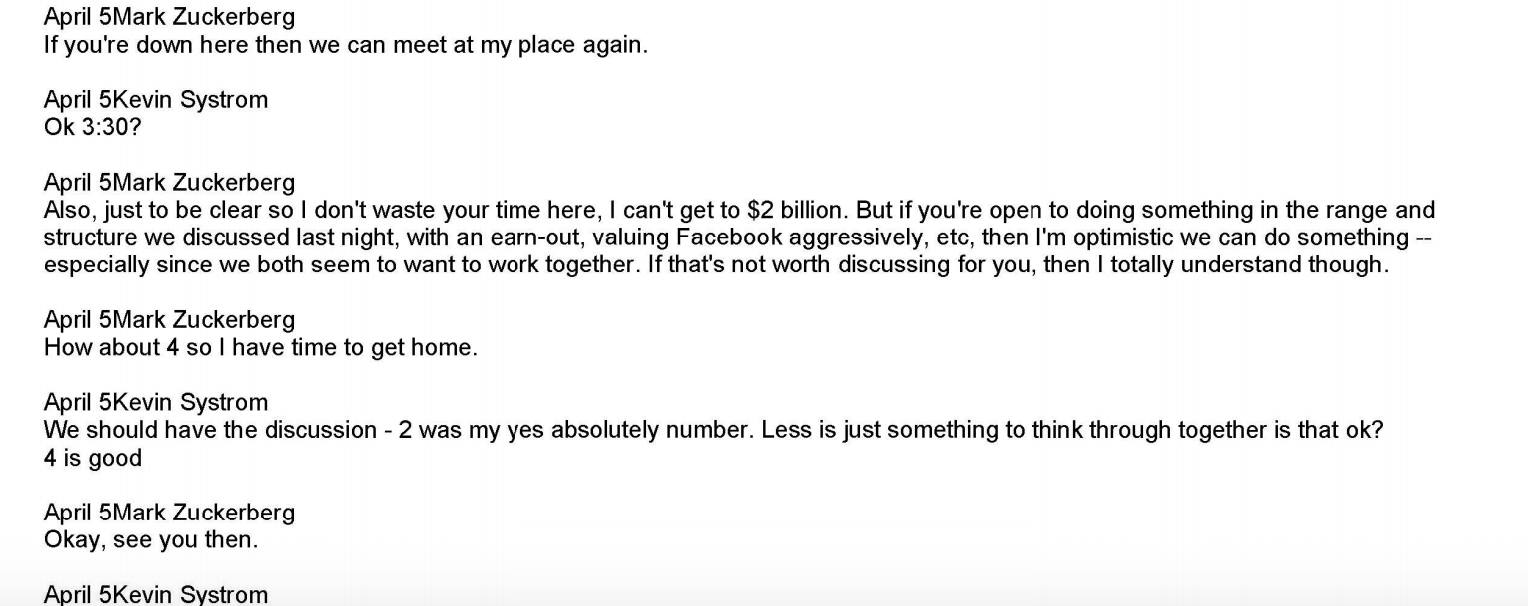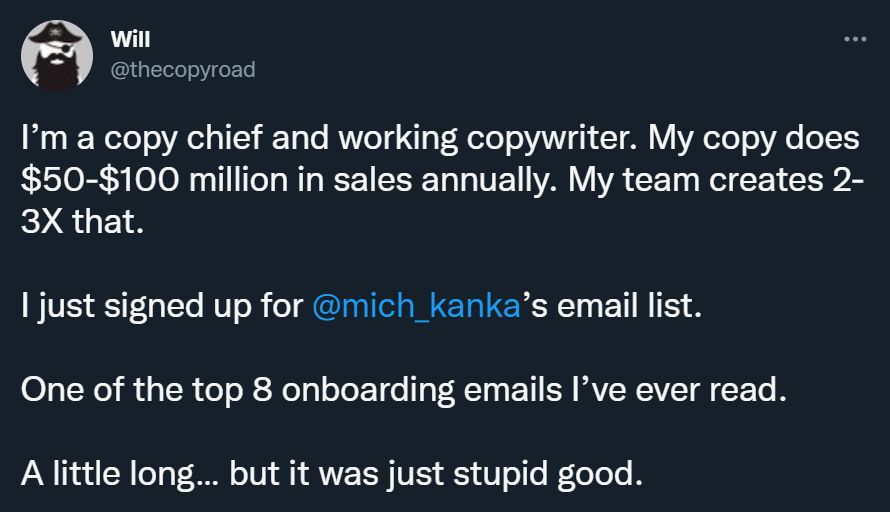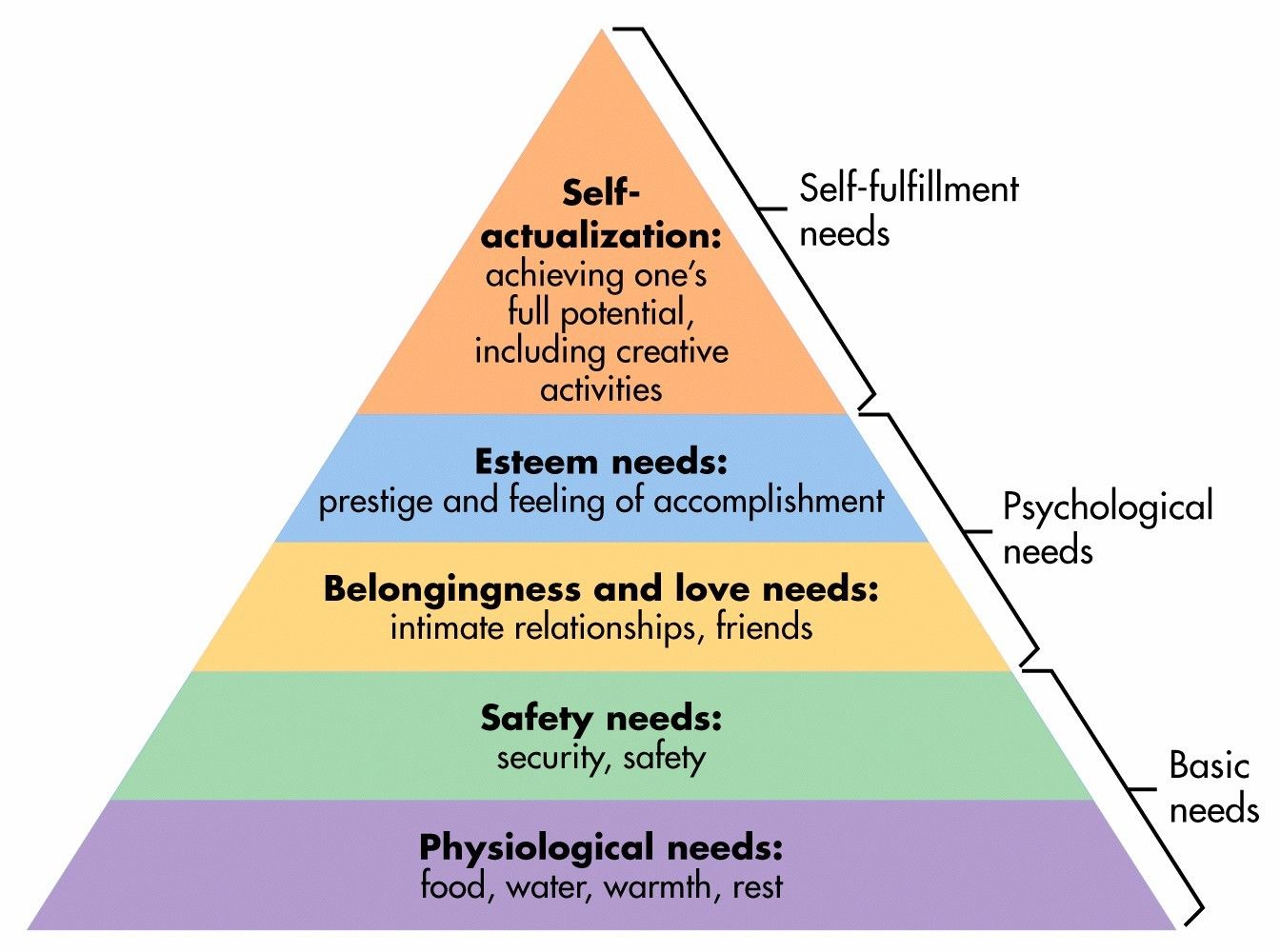
How Instagram Got Their First 100,000 Users In a Week - Designed Virality (9 min read)
Instagram – this photo-sharing app became a massive hit immediately after hitting the App Store and has been acquired for $1 bn by Facebook after just two years of rapid growth.

Instagram history timeline
- Oct 21, 2009 – Kevin Systrom starts working on an app called Burbn. It’s intended to have similar functionality as Foursquare.
- Mar 5, 2010 – a funding seed round for Burbn is closed at $500,000 with Baseline Ventures and Andeerssen Horowitz.
- May 19, 2010 – Mike Krieger joins Burbn
- Jul 16, 2010 – the first photo ever is published. That’s a dog of Kevin Systrom at a Taco Stand. Kevin later said that if he knew that it would be the first ever, he would put more effort. Today, it has over 200k likes.
- Oct 6, 2010 – Instagram launches on App Store, get 25,000 users on day 1.
- Oct 13, 2010 – Instagram gets first 100,000 users
- Dec 12, 2010 – Instagram already has 1,000,000 users
- Jan, 2011 – hashtags feature is introduced to the app
- Feb 2, 2011 – Instagram raises $7 million in series A funding with the valuation at $25 million
- Jun, 2011 – 5,000,000 active users
- Sep, 2011 – 10,000,000 active users
- Mar, 2012 – 27,000,000 active users
- Apr 3, 2012 – Instagram is released on Android. It’s downloaded over 1 million times in the first day!
- Apr 2-8, 2012 – Instagram closes a $50 million Series B round from Sequoia, Josh Kushner’s Thrive Capital, Greylock and Benchmark at a $500 million valuation.
- Apr 10, 2012 – Instagram is acquired by Facebook for $1 billion in cash and stock, just as it was about to go public through IPO. That’s quite some dollars for a 13-employee company! Apr 30, 2012 – Instagram already has 50,000,000 active users and outperforms Snapchat and Facebook in terms of acquiring new users.
- Jun 2018 - 1,000,000,000 active users
What was the First Instagram post
The first Instagram picture ever was uploaded by Kevin Systrom, Instagram CEO. It presented a person (or rather their foot) and their dog. It appeared on Systrom’s profile on July 16 2010. The Instagram app was called Codename at that time.

First photo ever published on Instagram
How Instagram was created
To answer the question of how Instagram was created, first, you need to know about the Instagram predecessor, Burbn. It allowed people to check-in in locations, plan further check-ins, earn points for hanging out with friends and post pictures of their meetup. That’s not that easy to explain!
It was overcomplicated. It had some user base, though. Systrom kept tweaking it, which eventually led to hiring Mike Krieger. They doubled down on app analytics and wanted to understand more how the users were using the app to tailor it to their needs. It turned out that the location-based core features were rarely used, but users loved the photo-sharing part.
Then, the decision has been made to cut the clutter features down to a minimum and focus on what’s already been appreciated by users. That’s how Instagram was created. Burbn pivoted to become an extremely simple photo-sharing app.
Who created Instagram?
Short answer: Kevin Systrom and Mike Krieger. However, it was quite a bit of a story as Krieger joined Systrom's Burbn in 2010, and there was a lot of app's transformations which eventually resulted in the photo-sharing app that we know today as Instagram.
Finding market positioning
After pivoting to create a dedicated photo-sharing app spin-off, Systrom and Krieger analyzed all the popular photo apps available on AppStore. There were two – Hipstamatic, which offered filters but lacked intuitive photo sharing, and Facebook which had terrible mobile app at that time, and it also didn’t capture photo sharing right.
That’s where the creators of Instagram found their niche - to make an easy-to-use app for easy photo sharing. It also had filters to make the photos look better, but the basic functionality was this: comment, like, upload a photo. That was all.
Simplicity and specialization
The reason why Burbn wasn’t successful was that it was too complicated for the users to get it straight away. It might seem attractive to add more and more features, but you eventually get to a point where messaging and pitching the app gets harder–along with training people to use it.
How did Instagram grow so fast?
Great UX is one of the keys that drives Instagram’s growth. After the Burbn false start, the proper Instagram app was so laser-focused on photo sharing simplicity that it allowed you to upload them in just three steps.
Although Instagram generates billions in revenue, it still holds to the core value of simplicity and great user experience. Compared to Facebook, that over the last 10 years have grown in massive amount of features, Instagram keeps them down to a minimum. Being hyper-focused might be one of the drivers for growth.
How Instagram got first users?
There is a whole list of what the creators of Instagram did to gain their first users. Basically, it was a lot of hard work before the very launch of Instagram as a mobile app.
They identified Burbn as a mistake and false start.
They tweaked Burbn a lot.
They were aware of the competition among photo-sharing, social media apps.
They focused on one feature – uploading photos – with simple system of likes and comments.
They came up with a catchy name – Instagram means “instant telegram”.
Although the app was built in eight weeks, there was a year of hard work behind it.
Picked up by influencers
Among the 25,000 users who downloaded the app on the first day was Jack Dorsey, the founder of Twitter. He tweeted about the app to over 1M of his followers and many of which check it out. Among the early adopters, you also had Justin Bieber, Apple’s Phil Schiller and other high-profiles.
The app was so good, it got picked up by known people which shared it with their followers. That can’t be overlooked when discussing the drivers of Instagram’s early growth.
Easy sharing of photos AND of the app
Instagram was built for easy photo sharing, but it was also designed to be easy to share on other social media. Systrom pointed out at one of TechCrunch events that it was one of the reasons why his app got so many users. With built-in integrations, you could effortlessly share Instagram photos to your followers and friends on other platforms.

Fearful acquisition
Under the investigation of the US House antitrust subcommittee, it has been revealed that Mark Zuckerberg feared Instagram as its main competitor. This may be why Facebook offered 1 billion USD for a company valued half of that. To spice things up, Instagram has already been preparing for an IPO and secured a $50M funding just before Facebook acquired it. That means Kevin Systrom has been in talks with both venture capitalists and Facebook at the same time – he could have done that to increase the price tag for Zuckerberg.
Today, we know it paid-off massively for Facebook. Instagram still outperforms Snapchat’s and Facebook’s growth and according to Statista, it adds as much as $14 billion USD per year to Facebook’s portfolio and continues to thrive.
It’s easy to say now that Instagram was doomed to success but that wasn’t certain in 2012. Facebook made a risky decision to control a larger share of the market.
Networking
The success of Instagram can be partially attributed to networking. Jack Dorsey who mentioned the app on the 1st day while having over 1M followers is a good friend of Kyle Systrom. They used to work together at Odeo, a podcasting company that has been founded but other Twitter co-founder, Evan Williams. Systrom had also known Mark Zuckerberg. He wanted to recruit the latter Instagram founder while he was still in college, in 2004.
Answering human needs
Instagram had become another platform to move socializing online. This allowed people to stay connected through posting pictures of their lives which similarly to Snapchat and Facebook, allowed them to feel loved and belonging.
This has been noted by Abraham Maslow in the hierarchy of human needs and in fact, the app answers most of them, from the most important, to the least:
Self-actualization – people need to know and share their place in the hierarchy which is why they post their successes
Esteem – people keep posting egocentric content to gain esteem
Love and Belonging – posting to feel social acceptance of a group of people
Safety – some posts relate to physical, mental, and financial security
Physiological needs – some people share posts that might benefit the health and well-being of their family or friends
Addictive Design
Intentionally or not, Instagram’s design is addictive and builds habits that eventually become addictions. This begins with dopamine shots that are unleashed with push notifications. People also tend to fall into feedback loops to fuel their sense of worth – they post to receive likes, again and again.
Psychology researchers also point to FOMO as one of behaviors fueled by Instagram. Users keep checking their feeds to stay updated on the posts of their friends, family, and followed accounts. In March 2019, Instagram, Facebook, and Twitter went down which left some users shocked and panicked because they couldn’t feed their Fear Of Missing Out.
Visual information
Instagram serves information in a visual form. A team of neuroscientists from MIT has found that the human brain can process entire images in 13 milliseconds. The human brain processes images 60,000 times faster than text and 90% of information transmitted to the brain is visual.
This allows to consume the content of Instagram feed immediately and keeps us scrolling for more.
Exclusiveness and scarcity
The app was first published on iOS and was the platform’s exclusive for two years. That have contributed to the exclusiveness of the app and gave iPhone users bragging rights over those with Android.
The users which desired the app because part of their friends were there could only buy an iPhone to join them. This kind of limited-access has built an extreme demand for Android users and when the flood gate has eventually been opened, they downloaded it over a million times in less than a day!

Chat logs from when Zuck was buying Instagram

Instagram’s story is quite inspiring. The first app called Burbn wasn’t a success, but the founders have learned lessons that helped Instagram start on the right foot. Sticking to the initial idea is not the best way to succeed with your startup - if backed by data, you can make an informed decision and pivot to achieve success.
Sticking to simplicity is also one of the key lessons we can learn here. Doing few things great can drive much better results than doing too many things at once. It worked for Instagram, but that also worked for Snapchat, Basecamp, Telegram, and dozens of other successful apps and businesses.
Get your
"oh sh*t, this might work for us!"
moment in the next 5 minutes
Viral marketing case studies and marketing psychology principles that made hundreds of millions in months or weeks
In the first email:
- a step-by-step strategy that made $0-$30M within 9 weeks with $0 marketing budget (case study)
- cheatsheet (PDF) of 10 biases in marketing used by top 2% companies
Other than that:
- weekly original content that helps you STAND OUT by providing more perceived value with less work

(You won't find it anywhere else)

Explore Cognitive Biases in Marketing


